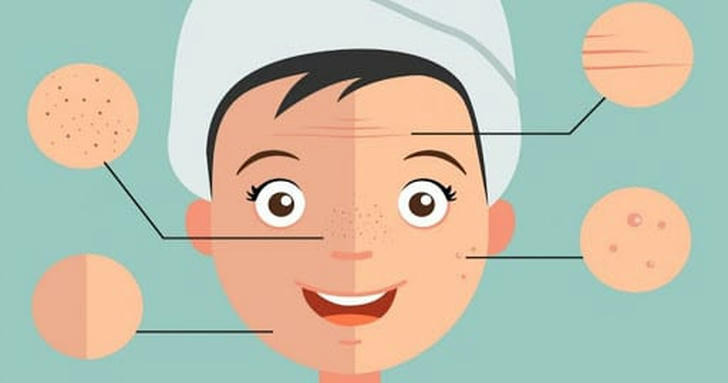Understanding Basal Cell Skin Cancer: Symptoms, Locations, and Spread
Basal cell skin cancer, or basal cell carcinoma (BCC), is the most common type of skin cancer. Although BCC rarely spreads to other parts of the body, it can cause significant damage to surrounding tissues if left untreated. Recognizing the early signs, knowing where it usually appears, and understanding its risks are key to effective prevention and treatment.

What Is Basal Cell Skin Cancer?
Basal cell carcinoma originates in the basal cells, which form the bottom layer of the epidermis — the outermost layer of skin. Unlike some other cancers, BCC tends to grow slowly and very rarely metastasizes (spreads) to distant parts of the body. However, it can locally invade nearby tissues, nerves, or even bone if not treated in time.
The primary cause of BCC is prolonged exposure to ultraviolet (UV) radiation from the sun or tanning beds. People with fair skin, light-colored eyes, or those who spend a lot of time outdoors without sun protection are at higher risk. While basal cell carcinoma is more common in older adults, younger individuals are increasingly at risk due to higher UV exposure levels in recent years.
Common Symptoms to Watch For
Basal cell carcinoma can present in various forms, which is why being aware of its different appearances is essential. Symptoms often develop slowly and may go unnoticed at first.
Here are some of the most common signs:
- A pearly or waxy bump, often pink, white, or skin-colored
- A flat, scaly patch with a slightly raised edge
- A sore that doesn’t heal or keeps returning
- A lesion with visible small blood vessels on its surface
- Itchy, bleeding, or crusting areas of skin
These signs can resemble other skin conditions, like eczema or psoriasis. Therefore, any persistent or unusual skin changes should prompt a professional evaluation by a healthcare provider.
Where Does Basal Cell Skin Cancer Usually Develop?
BCC typically occurs on areas of the body that receive frequent sun exposure. The most common sites include:
- The face, especially the nose, forehead, and cheeks
- The neck and scalp
- The back and chest
- The arms and hands
While sun-exposed areas are most at risk, basal cell carcinoma can develop anywhere on the body, including areas that are rarely exposed to sunlight. In rare cases, BCC has been found on the legs, abdomen, or even the genital region. For this reason, comprehensive skin exams performed by a medical professional are recommended — particularly for those with a history of skin cancer or significant sun exposure.
Does Basal Cell Skin Cancer Spread?
Basal cell carcinoma almost never spreads (metastasizes) to distant organs, unlike melanoma. However, if untreated, BCC can grow into surrounding tissues and cause significant cosmetic and functional problems, especially when located near the eyes, nose, or ears.
In rare advanced cases, BCC may spread to:
- Nearby lymph nodes
- Bone structures
- Very rarely, to the lungs or other internal organs
The likelihood of local invasion or spread increases if the tumor is large, has been present for a long time, or recurs after treatment. That’s why early detection and management are critical.
The Importance of Early Detection
Identifying basal cell carcinoma in its early stages greatly increases the chances of successful, less invasive treatment. Early BCC can often be removed entirely through a minor surgical procedure or local therapy. On the other hand, delayed diagnosis may require more extensive surgery and could lead to disfigurement or loss of function, particularly when the cancer affects sensitive areas such as the face or hands.
To improve early detection:
- Perform monthly skin self-exams
- Use mirrors or ask someone to help check hard-to-see areas
- Visit a dermatologist for regular skin checks
- Protect your skin daily with sunscreen and protective clothing
Prioritizing skin health can help you not only detect basal cell carcinoma early but also prevent it altogether.
Conclusion: Protect Your Skin, Protect Your Health
Basal cell skin cancer is common, but with early diagnosis, the chances of a complete cure are very high. Recognizing its symptoms and knowing where it typically appears can encourage prompt medical attention. Although BCC rarely spreads to distant parts of the body, local tissue damage can be severe if left untreated. Routine skin checks, proper sun protection, and vigilance about skin changes are essential steps to maintain skin health and prevent complications. If you notice any unusual spots or persistent skin issues, consult a healthcare provider for a thorough evaluation.
